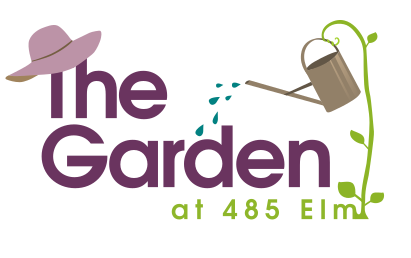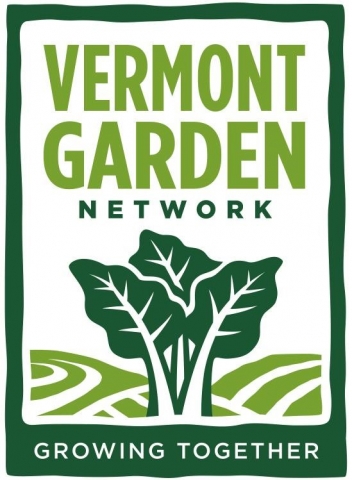One of the last tasks we do each season is plant garlic. This task happens only after hard frosts have begun so the garlic seeds don’t sprout before spring.
This garden bed grew summer squash and zucchini, which were prolific and delicious. The time of summer crops has past, so gardeners pulled the plants, put the organic material in the garden waste windrow for composting, and are preparing the bed for garlic planting.

These tidy rows have bagged leaves at each end. The City of Montpelier’s Public Works Department picks up our neighbors’ raked leaves and drops them here to use as garden mulch.
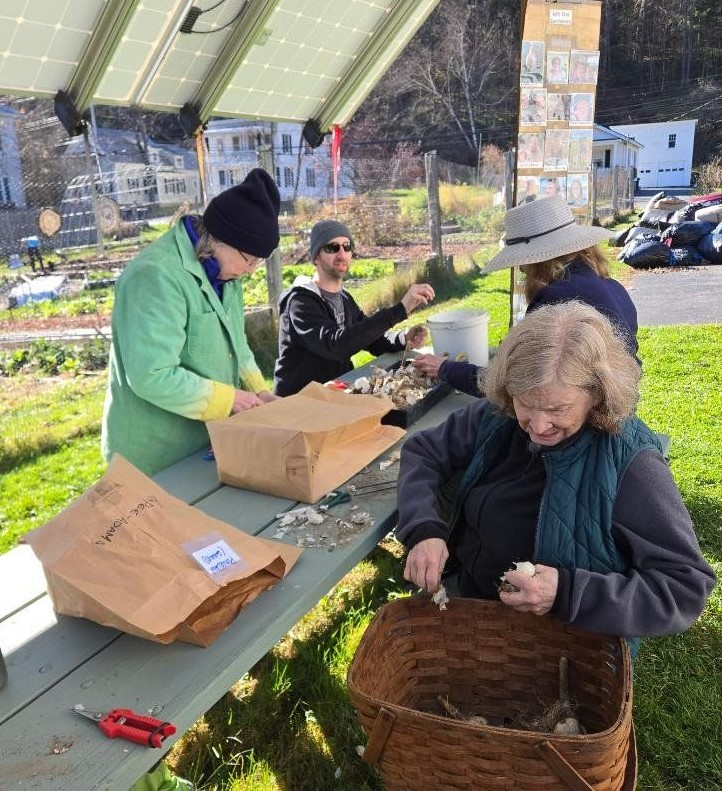
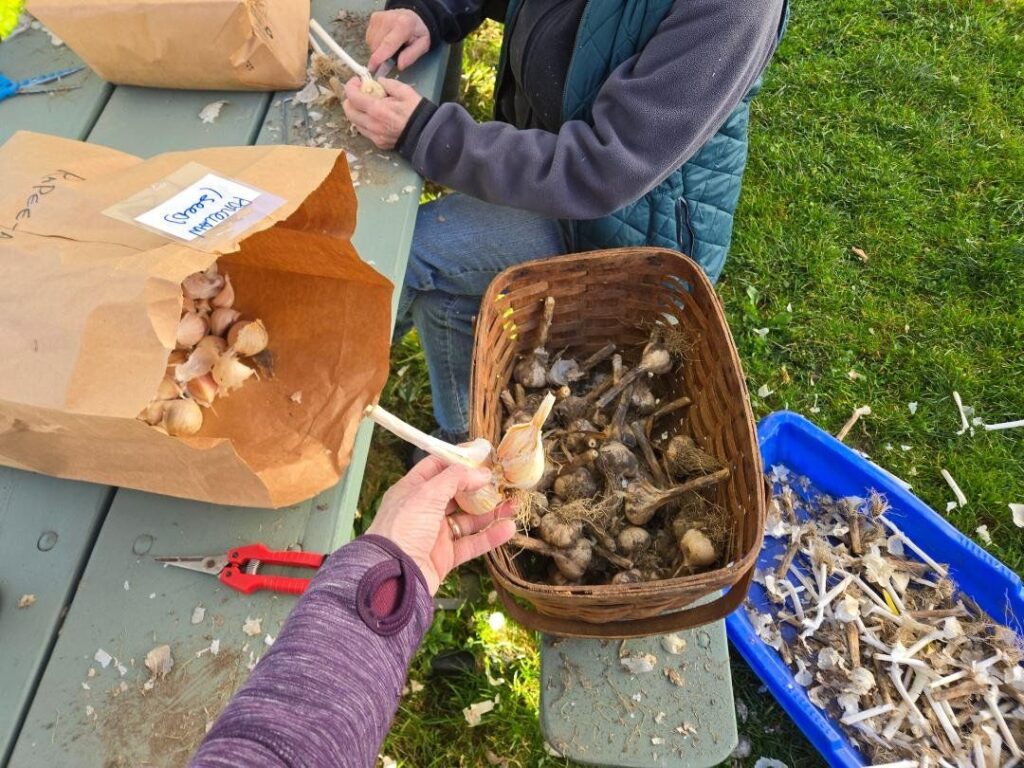
Garlic is the only crop for which we grow all the seed here in the garden. When we harvested garlic in July, we reserved the most robust heads to become seed and divide the rest into generous shares that gardeners take home and enjoy all winter. In these photos, gardeners separate heads of garlic into cloves, aka seeds. Each garlic clove is a viable seed, which will grow into a stalk above ground and a head of garlic below the soil.
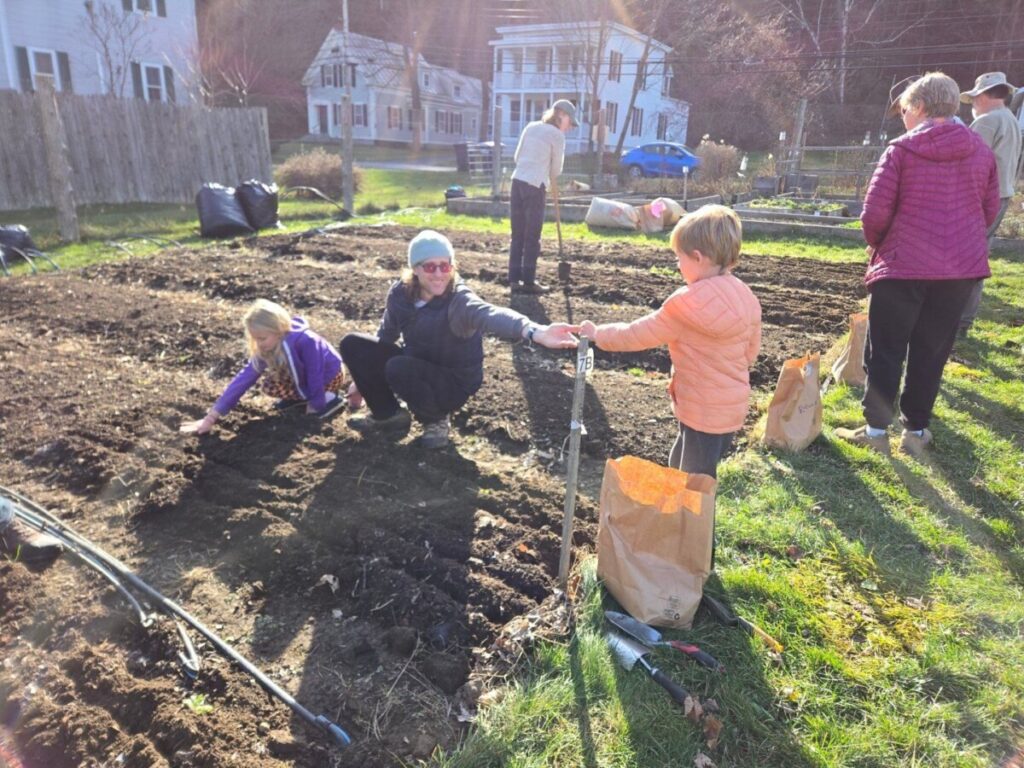
Gardeners plant the seeds. This bed has two rows of Moreno garlic, two rows of Jell Strain, and two rows of Porcelain. Another three raised boxes hold the garlic that didn’t fit here, including a box of elephant garlic.
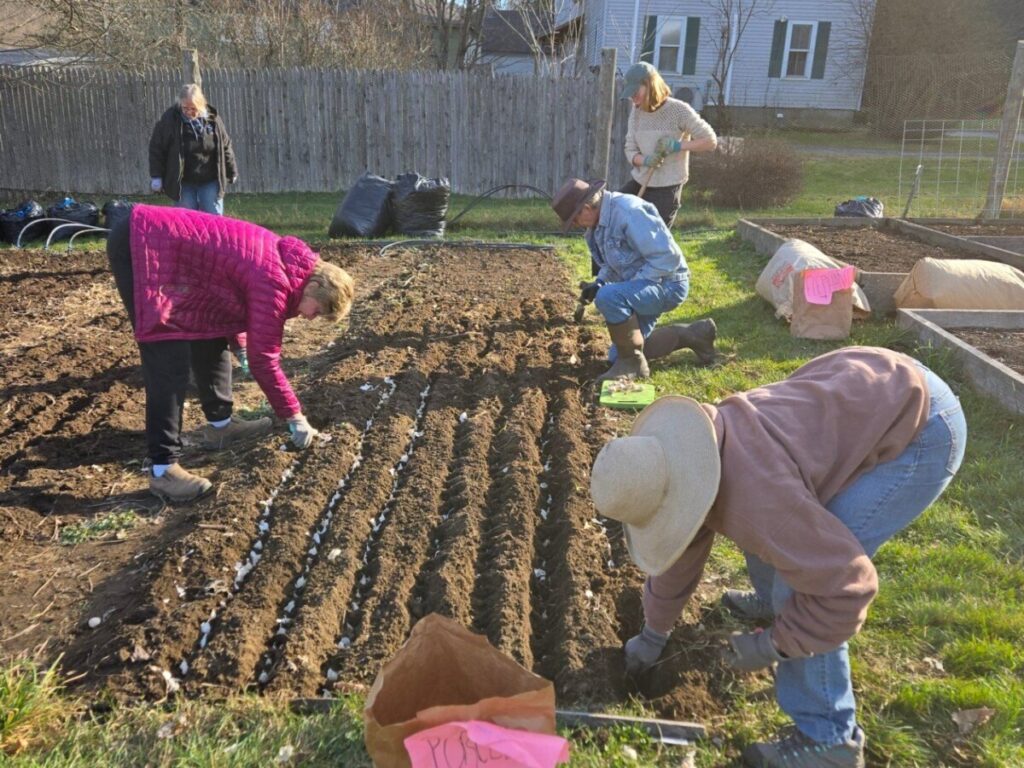
With many hands, planting goes quickly.
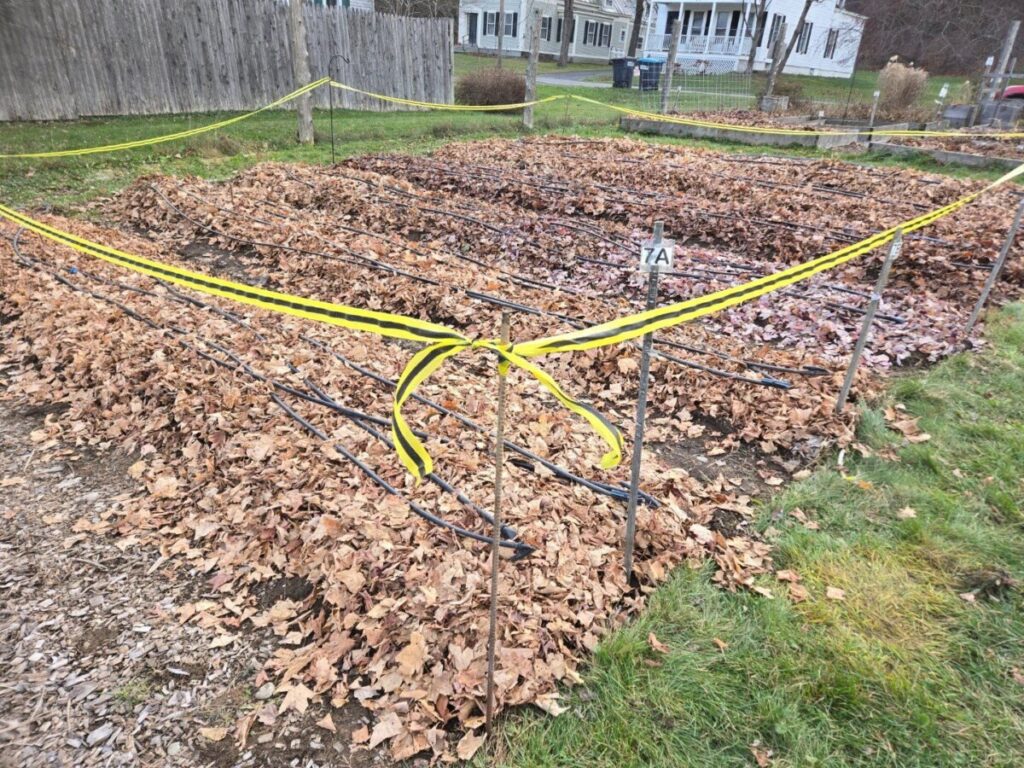
All the garlic has been planted. Leaves cover the growing area for several reasons. This blanket prevents snow from compacting the soil and keeps the soil warmer. In the spring, the leaves act as mulch to suppress weeds. Finally, as the leaves break down, they convey nutrients into the soil.
